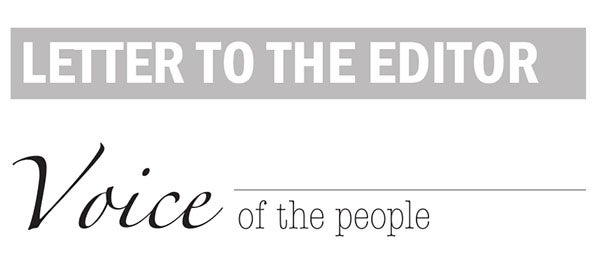Danville has a powerful sense of place
Published 6:08 pm Monday, May 6, 2019
By KATE SNYDER
Guest columnist
I was invited to speak at the Kentucky Main Street Conference last month. It was a gathering of smart people from all over the state who are united by a shared passion for helping their historic downtowns thrive and prosper. The topic of my remarks was the great opportunity that exists when you combine art and history in the arena of creative place-making.
Place-making is a trendy term right now, with a broad range of definitions. It can encompass anything from public art to mass transit to real estate deals. But for me, place-making is something simpler. Place-making is any activity that makes you love where you live. It is about forging an emotional connection to a place. It is the things — whether tangible or existential — that make you say “I belong here.”
In my conference lecture, I argued that great place-making projects all share three key elements: potential, partnership and perseverance.
The Community Arts Center (where I am happily employed) is a concrete example of the positive effects of combining art and history in place-making efforts. When the beautiful, stately federal building on the corner of Fourth and Main reached the end of its service to the federal government, there were a lot of questions about what to do with the building. Fortunately for Danville, a group of community members saw the potential in the building. A couple years and $1.4 million in renovations later, the Community Arts Center was born. Its existence was made possible by a solid partnership with the City of Danville in the form of a 100-year lease agreement at $1 per year.
Even with the support of local government, the success of the Arts Center was by no means guaranteed. Could a town the size of Danville sustain such an enterprise? If you ever look for similar organizations in other communities, you will rarely find one so robust. But after nearly 15 years of trial and error, growth and struggle, the Arts Center has become one of the community’s most beloved entities — and has grown into a creative hub for the entire region.
So is that place-making? Absolutely. In my lecture, I used a photograph of my eldest daughter to illustrate my point. It was taken about five years ago at a painting class, a perfectly-timed candid that shows her grinning from ear-to-ear. That picture encapsulates how she feels when she is at the Arts Center.
But beyond the joy evoked in individual hearts from arts programming, the Community Arts Center serves a larger role. The Arts Center is a cultural marker. It is a physical representation of our community’s values. Standing there in the heart of downtown Danville, the Arts Center proclaims to visitors and residents alike that Danville is committed to fostering a high quality of life. And that is place-making.
You don’t need a gigantic historic building to create a sense of place, however. You can do it with an empty wall and a few gallons of paint. My second example of place-making via art and history was the Danville Community Mural, commissioned and funded by the Heart of Danville, on whose Board of Directors I proudly serve.
Ah yes, the mural. That joyful riot of color on Third Street that ruffled a few feathers and caused a few heart palpitations on its way to becoming a reality.
The potential and the partnerships for this project were obvious. There was the large, unappealing wall overlooking the large, unappealing parking lot. But wait — could that parking lot become something more? The addition of an outdoor back patio at Plank on Main and the occasional Thursday evening farmers market suggested that it could. Perhaps a public art project could help contribute to that growing sense of vibrancy. We knew just the person for the job: nationally-recognized mural artist Andee Rudloff, whose playful artistic style was rooted in community conversation and engagement.
The idea was the easy part. The execution is where it got a bit more challenging, as we ran into difficulties with permission and perception. One woman’s “playful artistry” is another person’s “childish scribbles.” Such is the nature of art. On a larger level, the mural forced the community to wrestle with the question of whether contemporary artwork can peacefully coexist with historic architecture. (Spoiler alert: it totally can.)
In the end, perseverance was rewarded, thanks in large part to the power of community engagement. Dozens of people packed city hall for conversations about the mural, and then hundreds of people showed up to help paint. And that is where place-making happens. Connections are formed in standing up for a good idea and in coming together to see it through. The finished mural tells the story of Danville through its imagery, but it also tells the story of Danville through its process.
Thanks to the leadership of the Heart of Danville, our community was able to embrace a project that embodies our new tagline — historically bold — and in doing so, we have strengthened the ties that bind our community together.
That is place-making at its best.
Kate Snyder is marketing and development director for the Community Arts Center. She lives in Danville.





